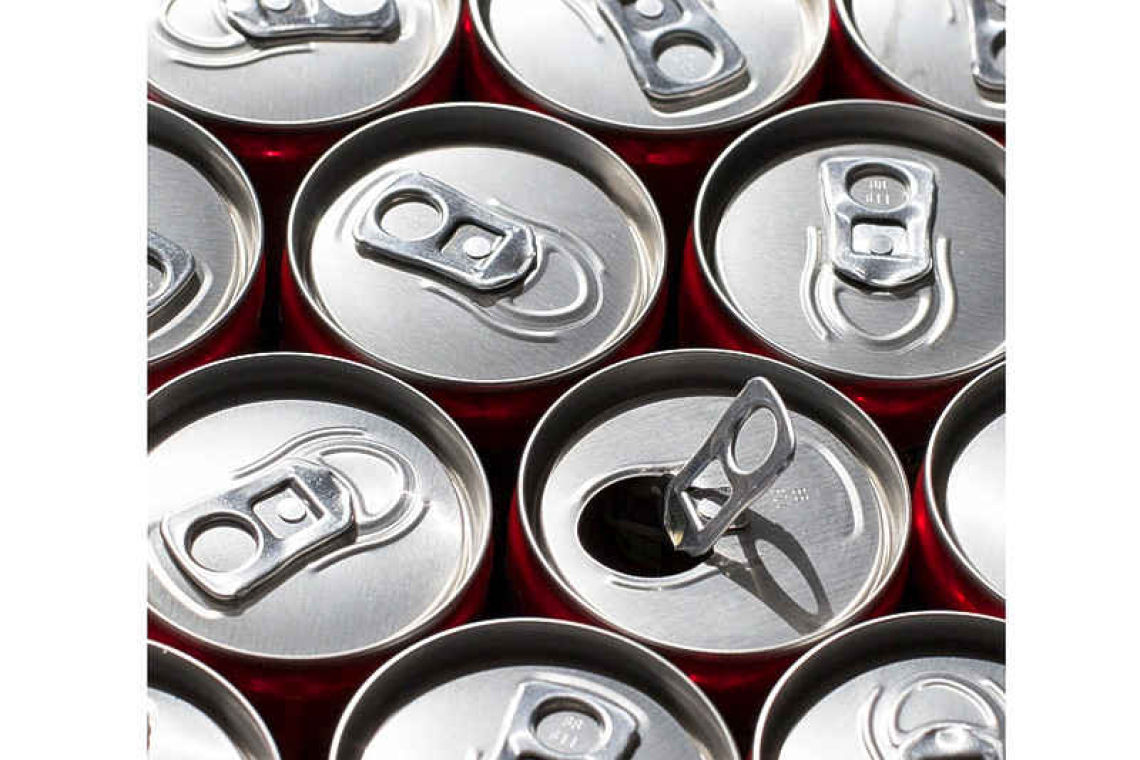You don’t need to be a strict follower of any particular diet, to know that added sugar is a big culprit when it comes to eating unhealthily. Even if you don’t care about fitness, sugar affects your health in more ways than one, and it’s much, much too easy to consume too much of it without giving it a second thought. Often added to processed foods to improve flavour, texture and shelf-life, and being listed under many different names when you look at labels, sugar is a bit too abundant, and easy to miss.
Of course, we’re talking about added sugars here, not all sugar – that’s a normal part of a healthy diet and found in fruit, vegetables, and even milk. In whole foods, however, they are found together with lots of other nutrients. But added sugar doesn’t add much in the way of nutritional benefits, and makes it too easy to consume too many calories too easily without feeling full – which can lead to a plethora of other health issues including weight-gain, type 2 diabetes and heart disease.
Knowing how much is too much, is key here.
Note the following for a quick reference:
- Ideally less than 5% of your total calories per day should come from added sugars. It should not exceed 10%.
- For an average 2,000-calorie-a-day diet, 10% is about 48 grams (or 12 teaspoons) of added sugars.
- When looking at nutrition labels, amounts are often given by serving size, or per 100 grams. Foods with 5 grams or less of sugar per 100 grams are considered low in sugar, while foods with 22.5 grams or more of sugar per 100 grams are considered high in sugar.
Let’s save the #1 tip for last. You probably already know what it is, but it’s easy to forget how much of an impact it can make.
Eat more whole foods.
Whole foods are minimally processed, and are as close to their natural state as possible. They are not doused in extra fats, salt and sugar in order to preserve them and make them taste good. When eating whole foods, any sugars contained in the food is complemented by other nutrients, antioxidants and, importantly, fibre. Eating whole foods is better for digestive health in general, even when the focus is not only on sugar intake.
Pick better snacks, and plan ahead.
Sticking to a routine that works for your lifestyle is best, and while snacking may not be encouraged, snacking happens. Make sure you have better options available in the house or office, for when you need one. Reach for some roasted nuts, lower fat/sodium cheese and crackers, veggies with dip, or plain yogurt with fresh fruit.
Cook more often.
Get not just comfortable, but excited about making your own meals. Try new recipes, and meal prep whenever you can. Try homemade versions of your favourite take-out/ restaurant items. The internet is full of great recipes, look for healthy options, try new things, and save recipes that you like. Remember that cooking is your own craft, and you can adjust measurements and swap ingredients where needed. When it comes to baking, however, you should stick to exact recipes, so search for ones that are already made to a better standard.
And the #1 recommendation for reducing your sugar intake?
Pay attention to drinks!
Soft drinks, energy/sports drinks, fruit flavoured drinks and fruit juices, and specialty coffees are loaded with sugar.
According to the National Health Service (UK), “Nearly a quarter of the added sugar in our diets comes from sugary drinks, such as fizzy drinks, sweetened juices, milkshakes and cordials.” According to the American CDC (Centers for Disease Control) and Prevention, sugary drinks are the leading source of added sugars in the American diet, and the average daily intake of added sugars was 17 teaspoons for children, young adults, and adults (2017–2018).
Recall that the maximum recommendation is 12 teaspoons (48 grams) per day. Most sodas have very similar sugar content, around 39-46 grams of sugar in a 12-ounce can. That’s pretty much the maximum recommended daily intake for the entire day. Fountain drinks, which we enjoy at fast food restaurants or the movies, are typically 16 ounces and up – that’s 52-61 grams and up for just one drink.
Avoid these sugary drinks, or keep them to a minimum. Even fruit juices (with the fresh juice not being stripped off vitamins) don’t have fibre, and you’re consuming more fruit than you would if you would just eat the fruit. A typical 8-ounce glass of freshly squeezed orange juice contains around 24 grams of sugar, and since it takes around four oranges to produce just one glass. The best thing to do is to eat, not drink, your fruit.
To keep things interesting, try flavouring water with citrus slices, other fruit, or fresh mint; and add toppings like cinnamon or nutmeg to your less-sweetened coffee. Gradually reduce the amount of sugar you put into coffee and tea, so that you get used to it while still enjoying it.







